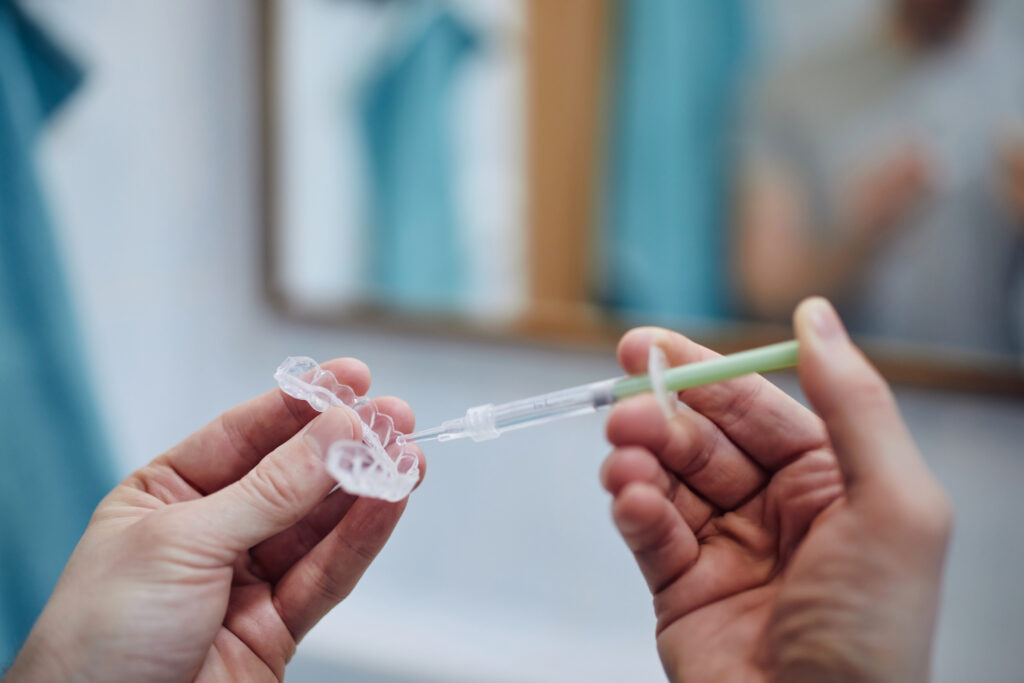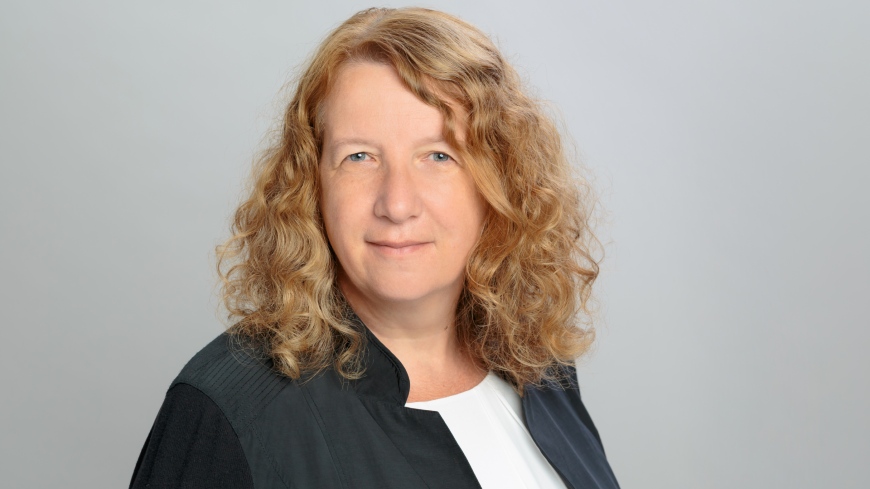To organise a successful event, several important points should be well thought through before the event (figure 1). The checklist provided below should help any organiser in this process. We further elaborate on some of these key points reflecting on our more mature experience.
Datathon check list
-
Venue: Physical/virtual/hybrid, dates, location.
-
Logistics: catering, strong WIFI, rooms and amphitheatre.
-
Partners: Industrial, NGO, clinicians and academic stakeholders, who may fund some part of the event (awards/venue/infrastructure) as well as deliver relevant talks during the event.
-
Projects: Research project call for datasets with ethical consents (IRB) and specified aims/questions.
-
IT support and secured computational infrastructure (for sensitive clinical data to be shared with participants).
-
Mentors: Clinical and data science. Try to select senior mentors.
-
Participants: Who is your targeted audience? (students/medical professionals/data scientists).
-
Communication/PR: Information to participants and advertisement of the event (flyers/website/social media).
-
Awards: Money for the winning teams or other gifts, and support for the continuation of the project (scientific publication and start-up/spin-off).
One of the first decisions is related to the place and dates of the future event, should it be virtual, in person or hybrid. On-site events offer the advantage of providing a face-to-face experience, facilitating networking opportunities, allowing for more immersive experiences, and creating a sense of community among attendees. Online events offer several advantages, including increased accessibility and convenience, the ability to reach a wider audience regardless of geographic location, reduced costs for both organisers and attendees, and the ability to easily collect and analyse data on attendee engagement and behaviour. Hybrid events offer the advantage of combining the best of both virtual and in-person events, allowing for a wider reach and increased engagement while still maintaining a personal touch. However, hybrid events tend to reduce in-person attendance because of the alternative online option, which may be more convenient. We preferred an in-person event since the main objective was to enable human interaction and initiate a professional local community interested in ML in medicine. Without a doubt, this was the right choice, and a virtual meeting would have had very limited impact. Additionally, two of the talks were delivered as recorded videos. It was noticeable that while these were projected on a large screen with high-quality resolution and sound, the audience did not focus on these presentations at all. Instead, they started consulting their emails or working on their laptops. Thus, based on our experience, we strongly recommend an in-person meeting for such an event. Finally, we suggest that the lectures can be recorded and later released on YouTube if the organisers choose to widely distribute them – something we did – in order to maximise the impact of the event.
Recruiting sponsors was not the easiest task. Primarily, this was due to reaching out to local industries that had connections with some of the conference organisers. We presented the sponsors with various options. The generous partners had the opportunity to deliver a lecture and thereby promote their own research activities in the field of medical AI. This aligns well with the scientific programme and also helped in financing a portion of the event’s cost. The lower-tier sponsorship option involved featuring their logo on our communications such as the website and flyers. However, this option did not attract any sponsors.
Another critical point for a datathon involves finding questions of clinical importance that can be addressed using previously collected data such as in.13 There are several options here as some events may be more flexible in the sense that participants/projects leader can come with their data and questions or a more directed approach with defined datasets and questions. We chose projects from various medical fields rather than focusing on a specific problem area. This decision was made to foster the development of a professional community in the field of medical AI, promoting diversity in terms of the represented clinical specialties. Additionally, due to the time-constrained nature of the datathon, we aimed for students to work with real hospital data. Therefore, we sought datasets that had been developed by hospital researchers specifically for research purposes. In all cases, the data should be properly anonymized and the ethical statements from the IRB should be provided before the event. Mentors, with a clinical or a data science expertise, who can follow each team during the whole event are necessary to ensure the success of each project. The goal of a datathon is to demonstrate the effectiveness of a multidisciplinary approach where each team member can provide different expertise (medical, technical, social, legal and business). For that reason, we decided, as organisers, to create teams from the pool of participants prior to the datathon event.
We would like to add some additional recommendations based on things we would have done differently in retrospect. These include avoiding recorded lectures entirely. Additionally, it is important to ensure that speakers adhere to their allocated presentation time and to seek permission in advance for the use of pictures and videos from the event for marketing purposes. Finally, after the event, it would be beneficial to request feedback from participants through an online form in order to assess the impact of the event.





